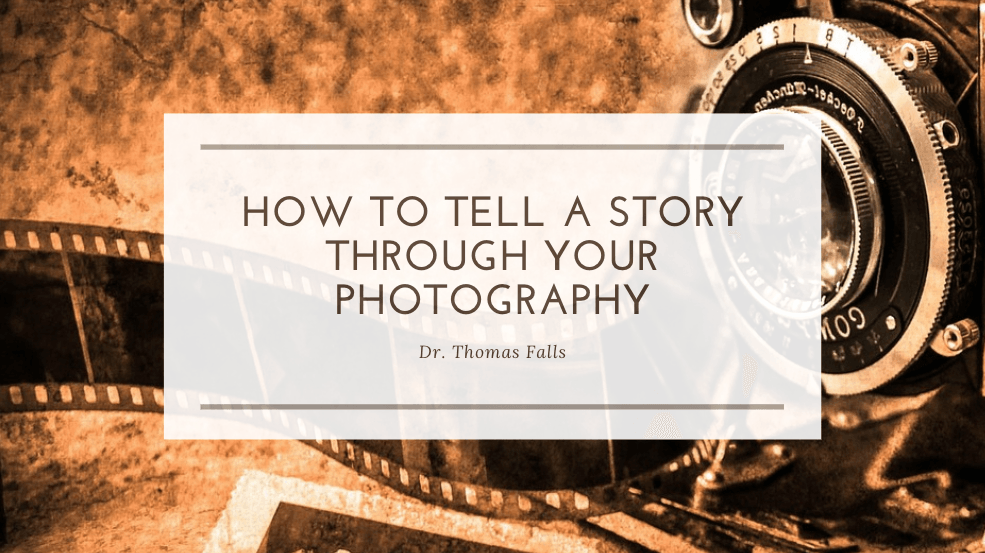Photographers and writers have more in common that one might think. Both use their unique skillset to share their viewpoints and experiences with the world. The only difference is that a photographer has to make sure the story they’re trying to tell is easily interpreted through either a still image or a series of images.
A Single Image
There is no doubt that a single image sometimes tells a complex story that can be analyzed in various ways. These photos are often the lucky shots. The photo opportunity arises when you least expect — sometimes when you’re just walking down a street and have your camera ready at the right moment.
Sometimes, the shot is meticulously planned. You’ll start the day with an idea of the image they’re hoping to capture. It may go as planned, but don’t be surprised if the idea morphs and changes as the day goes on.
In a way, photography is always a mixture of skill and luck, and the most skilled photographers usually have the modesty to admit when a photo was simply the result of being in the right place at the right time. Skill is the ability to recognize the moment and shoot your shot.
These images are the ones with the power to tell a story in a single frame. It’s a snapshot that would only be muffled and diluted if it were paired with other photos.
A Photo Series
Some stories, however, can’t be told in just one image. That would be like expecting a page-long summary of your favorite novel to be equally as detailed and compelling as the original text. In photojournalism, photo series are used to display a story by using multiple images.
To achieve the greatest impact, you should think of each image as a chapter in a book. They should be organized in a way that makes sense to the storyline, complete with an introduction, climax and conclusion. Keeping that in mind, try to ensure that the first and last photos in the series really pop. The first image is what will draw someone in, and the last image should be undoubtedly memorable.
The Tone of Your Story
Photos make a person stop and see the scene through the eyes of the artist. The best stories often aren’t told through images that riddled with beauty. They’re the ones that make viewers feel something, and it doesn’t always have to be a happy feeling. For example, the Pulitzer Prize-winning image of photojournalist Kevin Carter depicted a famished Sudanese child being eyed by a nearby vulture.
Above all, it’s important to be creative. Gather inspiration from photographers who are skilled in the craft of photojournalism, then use your unique perspective and ideas to create a captivating story of your own.
